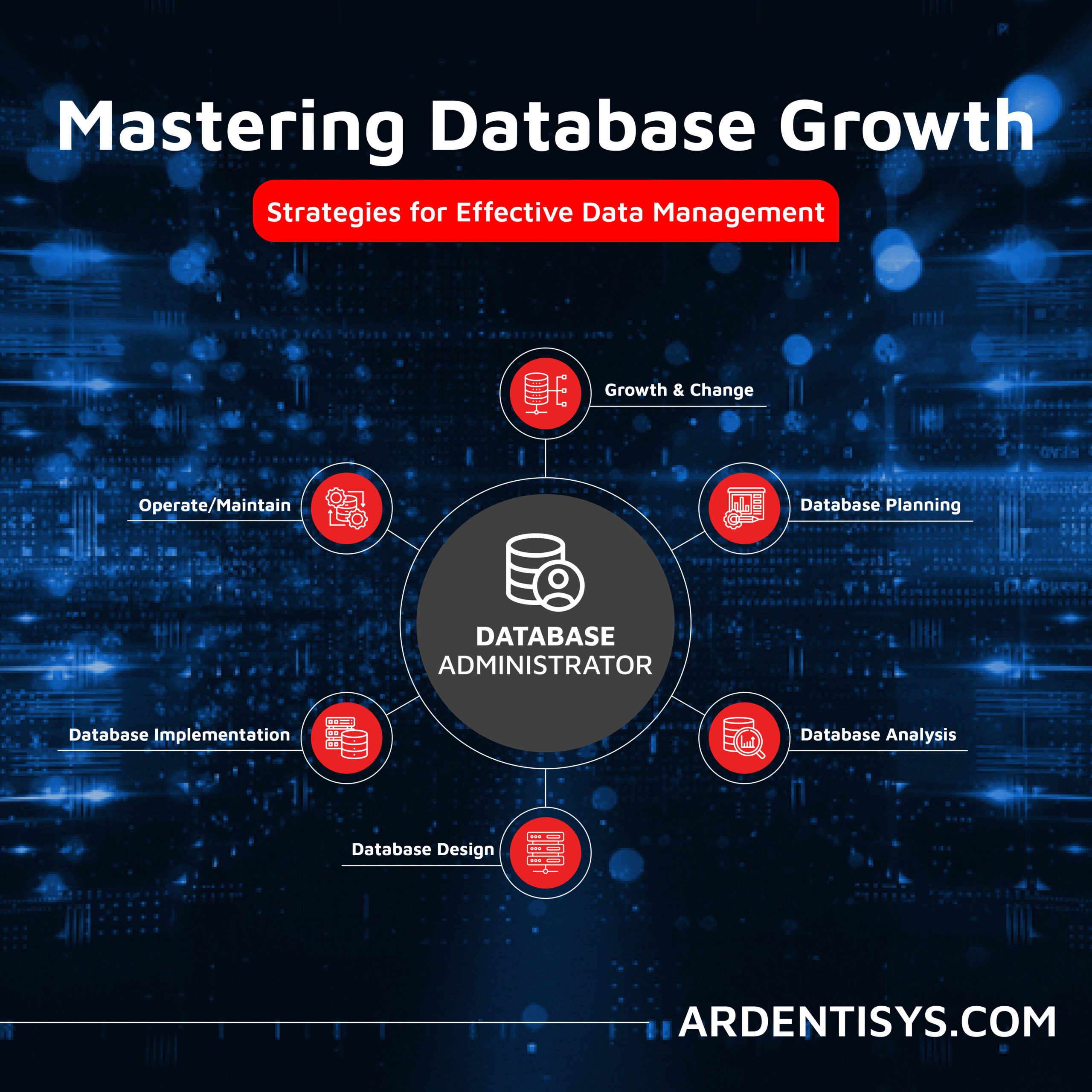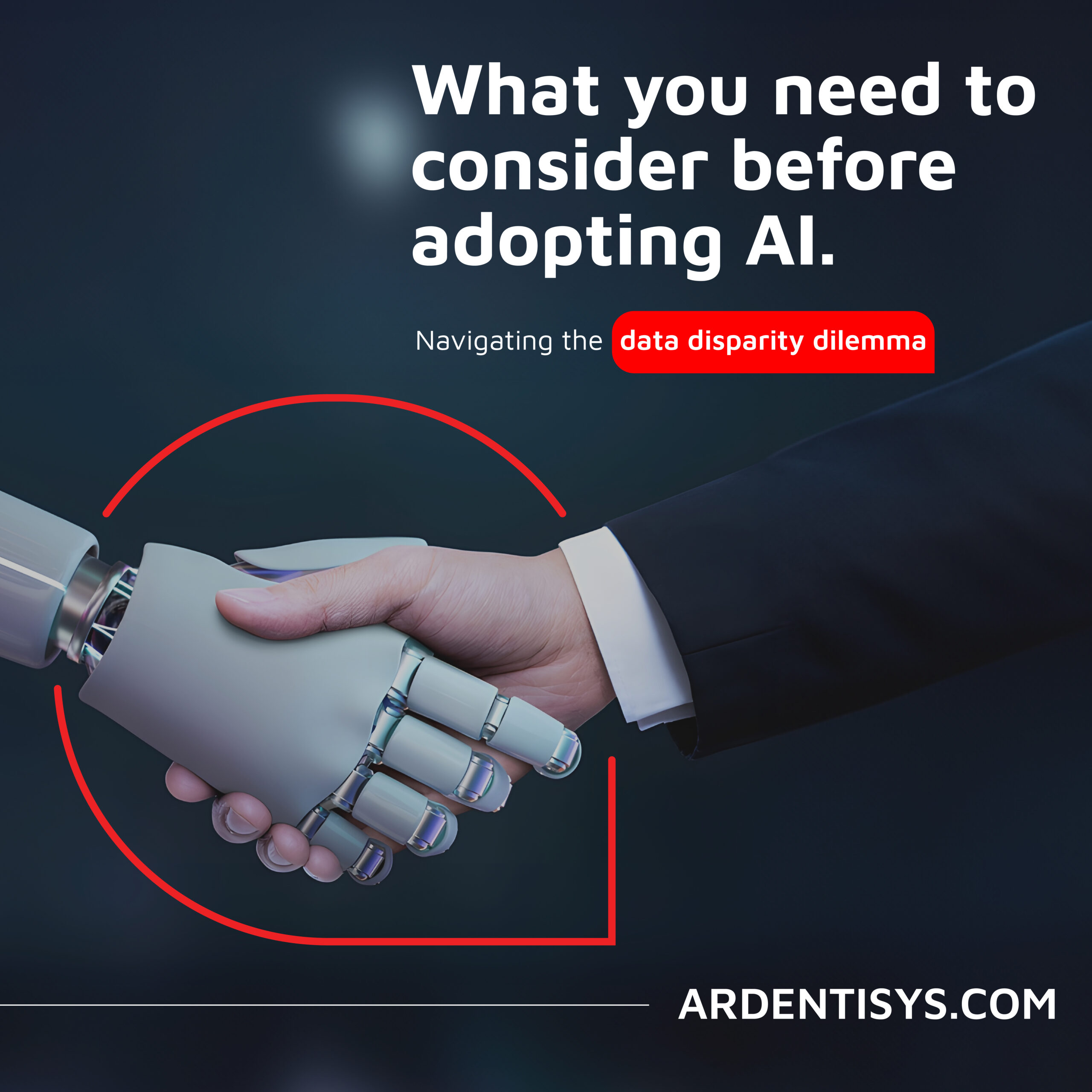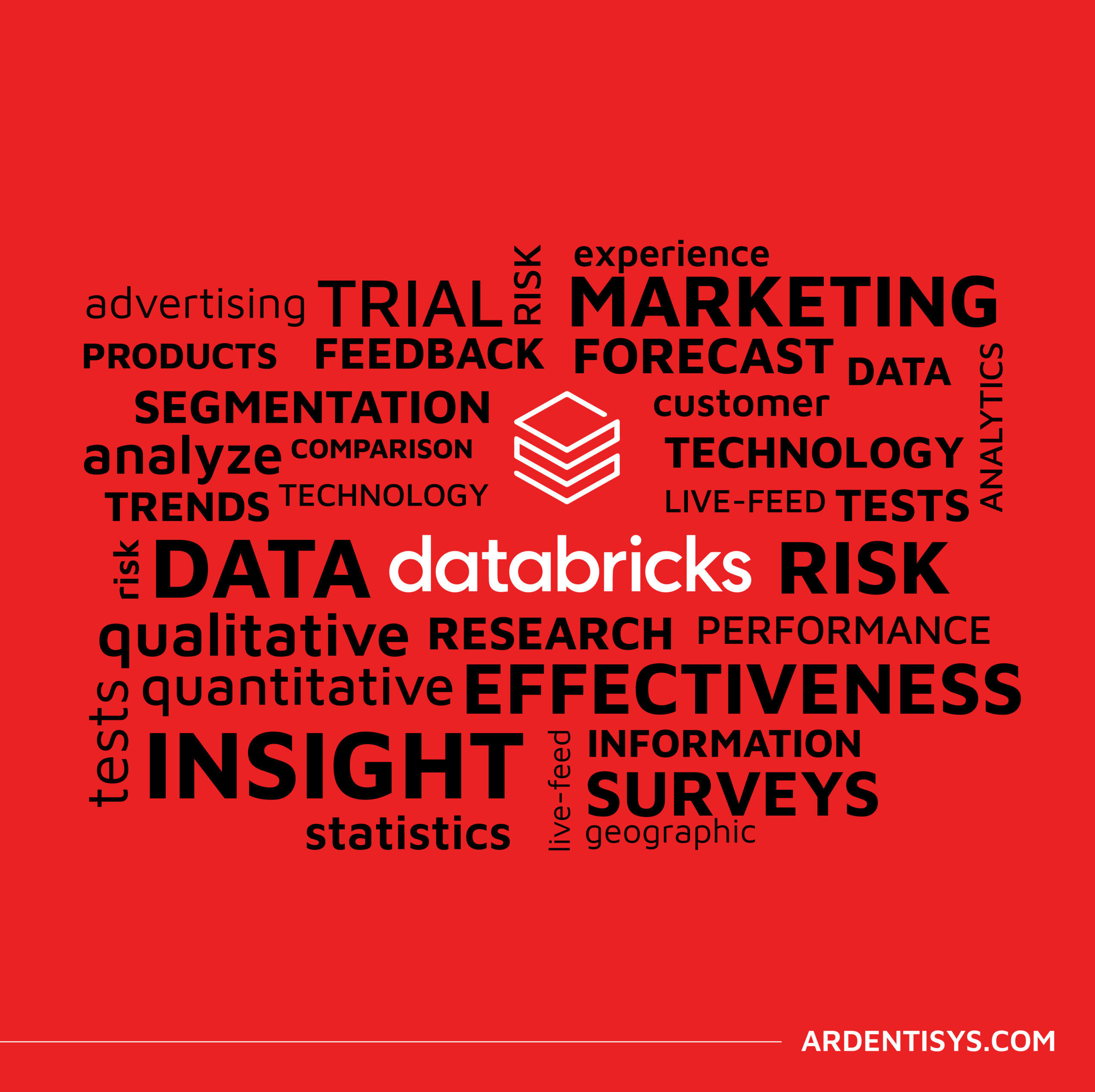Agile development – A beginners guide
26 January 2023 | Noor Khan

There are many different methodologies and processes that can be used for software development, and ‘agile’ is a general term for a set of frameworks that function on key principles and values involving specific activities that occur in short spaces of time, followed by reviews and adjustments, and new working cycles. By using different types of project processes, teams can respond and react to new challenges and succeed in handling highly complex tasks.
As you would expect from a name like ‘agile’, these frameworks are highly flexible and adaptable, which makes them extremely useful for projects which require constant adjustment or development.
There are pros and cons involved in choosing any methodology, and agile software development is no different. When you look at any methodology, you need to balance out the pros and cons and decide whether it is the most effective solution for your current problem.
Pros of using agile methodology:
- Highly adaptable project management - Since agile software development is handled in small sprints or cycles, issues can be identified very quickly, and acted swiftly taken to pivot a project and adapt.
- Faster delivery times and easier collaboration - Because there is a need for constant communication, and short periods of action – agile can see projects split into specific goals or milestones, and allow for faster delivery, as well as easier collaboration on the tasks.
- Continuous improvement and transparent working - The agile approach allows for quick corrections, highly targeted feedback to be delivered regularly, and improvements to be implemented with each cycle – making the job run smoother and more successful as it continues to evolve.
- Less preparatory work makes for faster implementation. Agile focuses on being adaptive, which means development can be undertaken as the project is underway, allowing for improvements to come about along the duration, rather than extended periods of consultation or development beforehand.
Cons of using agile methodology:
- Transferring projects between groups or departments can be difficult - Because agile development encourages independent actions towards overarching goals, it can be complicated to transfer projects between groups who are working differently.
- Variable goals can lead to a lack of specific focus - Agile development utilises processes that lead to obtaining multiple goals at any one given time – this can lead to issues in scheduling deadlines or determining accurate costs and requires a robust communication structure to manage.
- Reactive improvements can lead to less documentation - Because the work is being undertaken on a changeable basis, documented changes or redirections for the project can be difficult to maintain, which can lead to issues later in the project if an action has had unexpected consequences.
- Project outcomes are less predictable - With changes being made on short notice, and developments taking place at a rapid pace, the end result of a project may not be what was initially expected and predicting the results of development are much harder.
Different types of agile software development you might implement
Agile software development can be undertaken under different disciplines, each with different rules and requirements, they are all technically still ‘agile’ but they have their own styles and deciding on which format to use is important when putting together a project.
Scrum
Scrum is based on the idea of being adaptable, fast, and flexible, with a focus on delivering value to the end-user or customer being key to the development of the project.
Pros of using Scrum:
- The incremental process allows complex projects to be split out into smaller, less complicated parts
- Highly adjustable and can incorporate changes as they occur
- Shorter development periods and incremental rollouts allow for faster release or delivery of usable end products
Cons of using Scrum:
- Requires high levels of communication and effective team management
- This can lead to project creep and uncertain end dates as changes are implemented
- Adopting the framework in larger teams can be difficult
eXtreme Programming
eXtreme Programming is a process that is designed to allow small and mid-sized teams to produce high-quality software whilst adapting to evolving and changing requirements. It is an agile approach that has one of the most specific frameworks regarding appropriate practices for the team.
Pros of using eXtreme Programming:
- Allows for time and cost saving in reducing unproductive activities
- Continuous testing allows for the development of stable software
- Teams can identify areas of improvement as they work at their own pace
Cons of using eXtreme Programming:
- Projects require a relatively large investment in time
- Constant upgrades require close attention to detail and effective version management
- Processes are not suitable for remote working teams.
Feature Driven Development
Feature Driven Development (FDD) is an agile process that is customer-centric. Projects are created in iterations or versions, with incremental delivery, to deliver tangible results that are efficient and frequent.
Pros of using FDD:
- Reporting at all levels helps keep track of progress and results
- Requires fewer meetings and communications compared to other agile developments
- Projects are driven from a functionality perspective
Cons of using FDD:
- Less frequent communication can lead to slower troubleshooting or problem detection
- Clients receive less documentation than other agile methods, which can lead to issues in communication, problem resolution, or proof of software ownership
- The process is not suited to small and medium-sized teams
Alternatives to agile development
Not every project or process is suited to agile methodologies, and it is important to know what will work – and equally importantly – what will not.
When setting up a project, developing a team, or adjusting processes, having a good understanding of software development methodologies can make this easier and more effective.
Outside of agile development, you may find:
Waterfall Methodology
This is considered to be one of the most straightforward approaches to software development. It follows a rigid sequence of phases, which must occur in a set order and be individually completed before movement to the next phase can occur.
Generally, these phases follow:
- Design
- Implementation
- Verification
- Maintenance
Rapid Methodology
The idea behind this process is to repeat a design and construction phase as many times as needed to satisfy the project’s requirements. Rapid Application Development (RAD) is geared towards producing fast results at low cost. It is a popular alternative to agile, as it allows for adjusting requirements and fast implementation of changes.
The process follows a four-stage cycle:
- Requirement gathering
- User design
- Construction
- Cutover
Selecting the right process for your project is essential, not only for the success of the development, but to reduce waste in time, resources, and budget. If you need help and advice with your software development needs, get in touch with our experts today, and we can help you determine the best structure and format for your project.
Ardent software development services
At Ardent, our highly experienced software developers have been helping clients bring their vision to life for over a decade. Explore some of our client successes:
Warehouse management automation user-friendly app for a logistics software provider
Fine art storage and preservation made easy with software
Service quality management software for IT projects to fill a gap in the market
If you are looking for a credible, reliable and experienced software development company, we can accommodate. Get in touch to find out more, or explore our custom software development services.
Ardent Insights

Overcoming Data Administration Challenges, and Strategies for Effective Data Management
Businesses face significant challenges to continuously manage and optimise their databases, extract valuable information from them, and then to share and report the insights gained from ongoing analysis of the data. As data continues to grow exponentially, they must address key issues to unlock the full potential of their data asset across the whole business. [...]

Are you considering AI adoption? We summarise our learnings, do’s and don’ts from our engagements with leading clients.
How Ardent can help you prepare your data for AI success Data is at the core of any business striving to adopt AI. It has become the lifeblood of enterprises, powering insights and innovations that drive better decision making and competitive advantages. As the amount of data generated proliferates across many sectors, the allure of [...]

Why the Market Research sector is taking note of Databricks Data Lakehouse.
Overcoming Market Research Challenges For Market Research agencies, Organisations and Brands exploring insights across markets and customers, the traditional research model of bidding for a blend of large-scale qualitative and quantitative data collection processes is losing appeal to a more value-driven, granular, real-time targeted approach to understanding consumer behaviour, more regular insights engagement and more [...]






